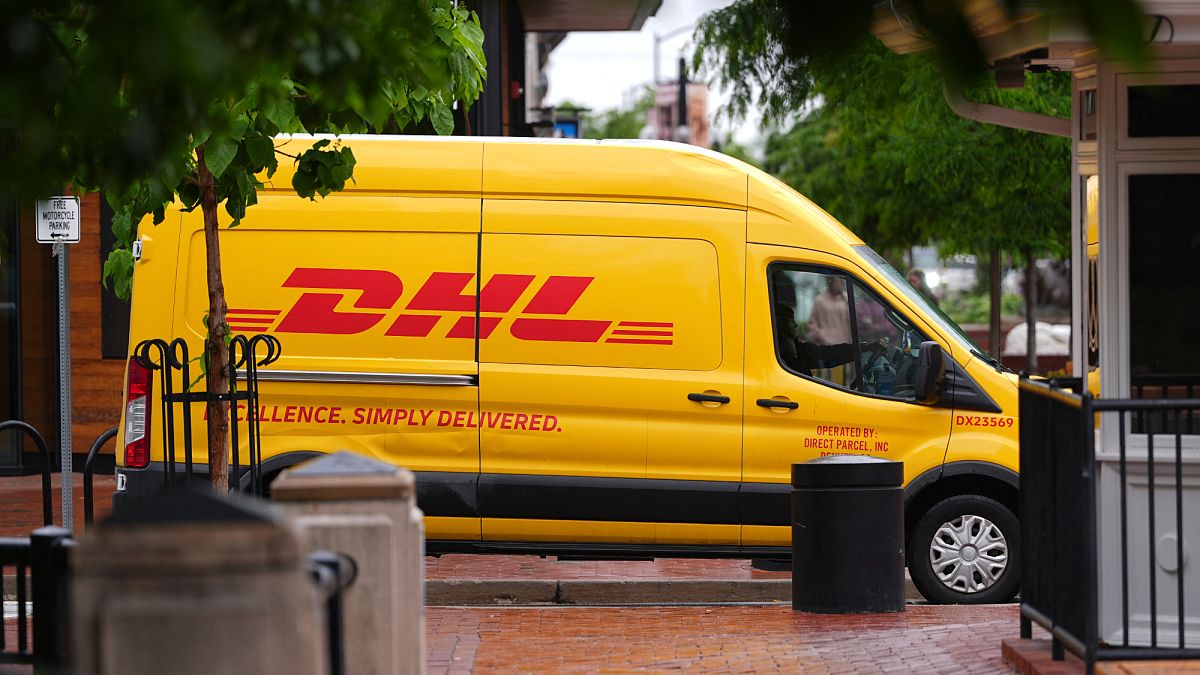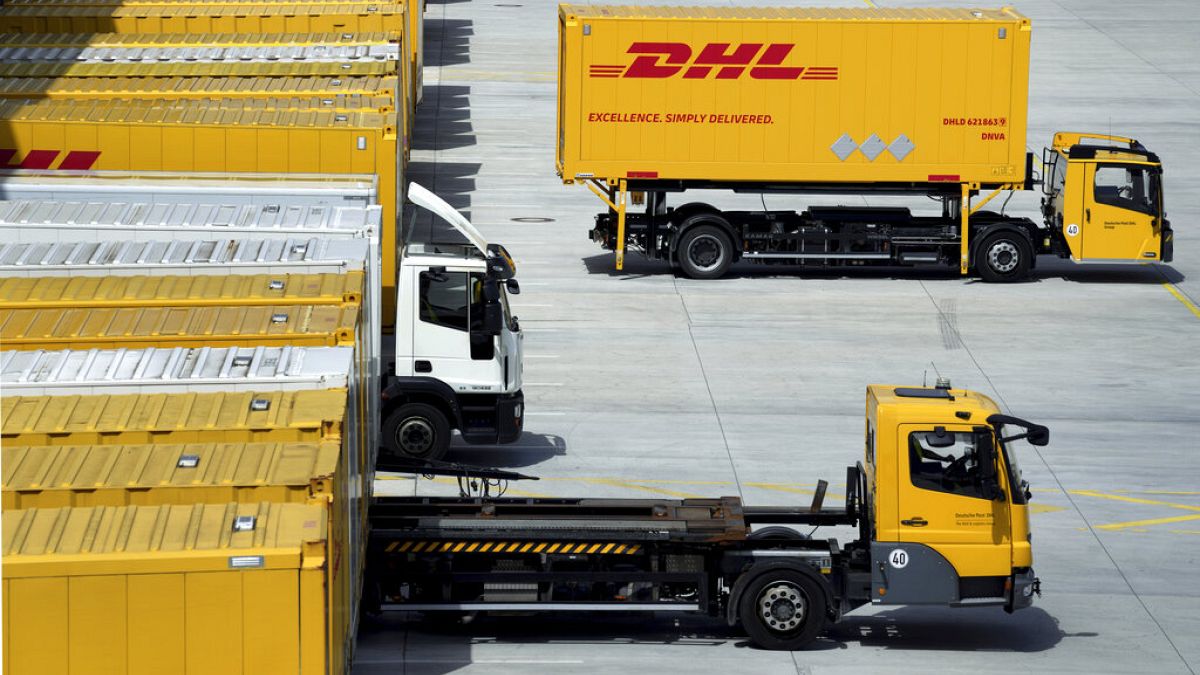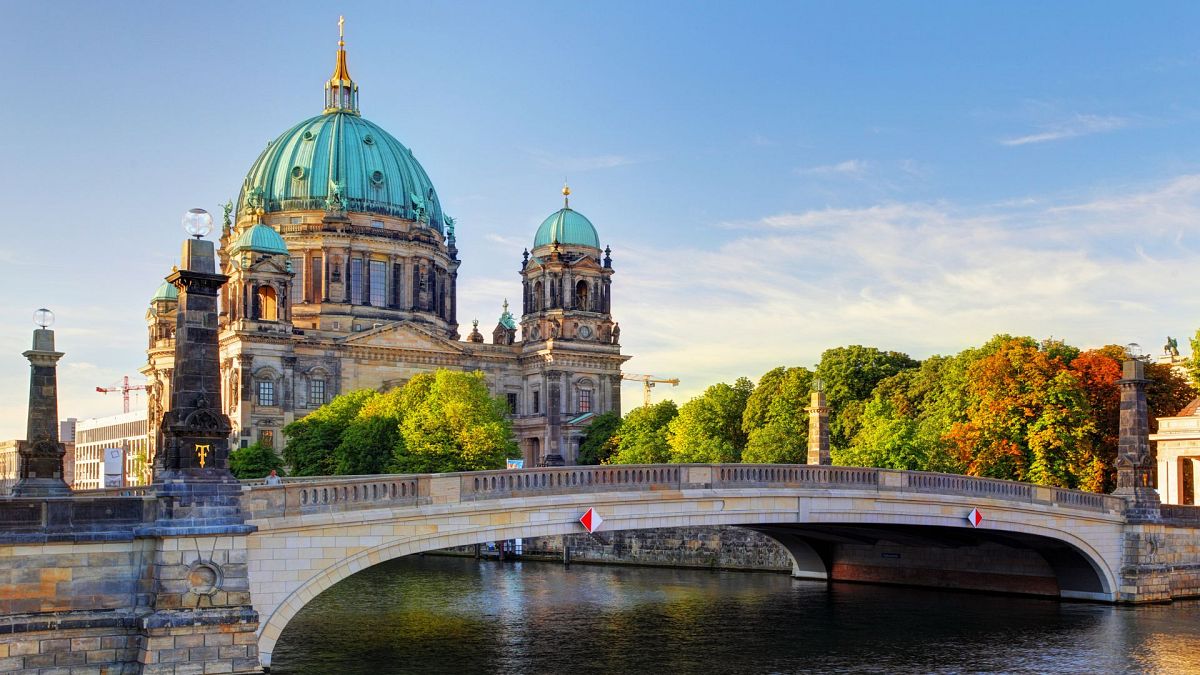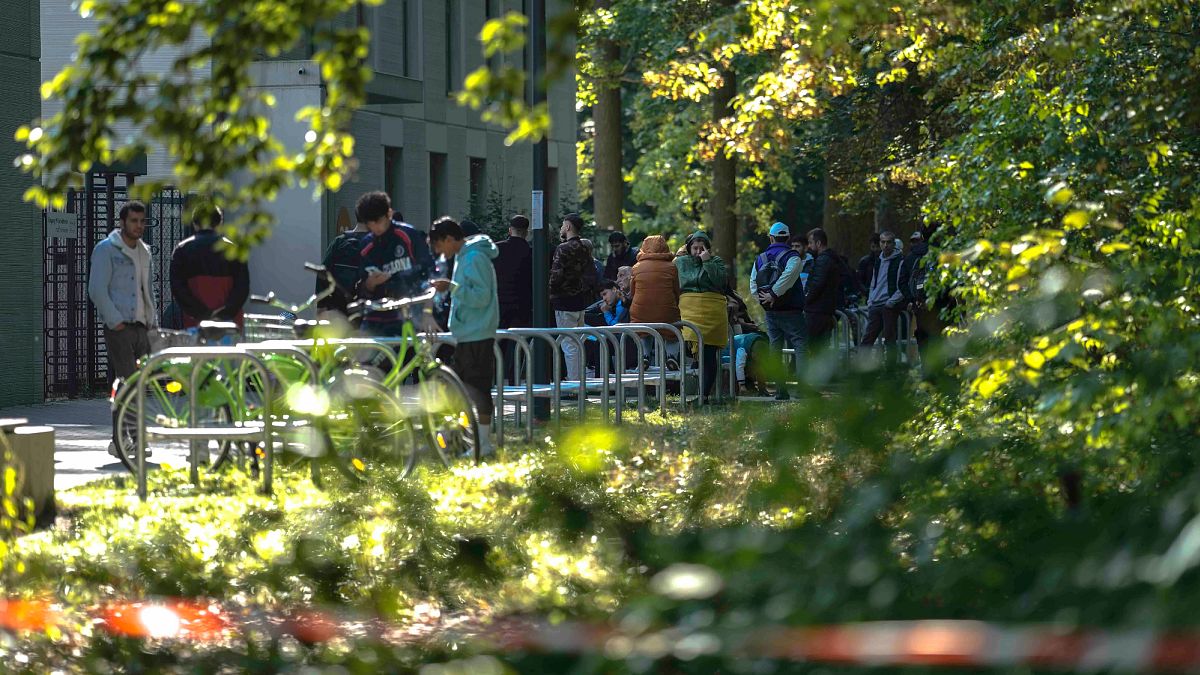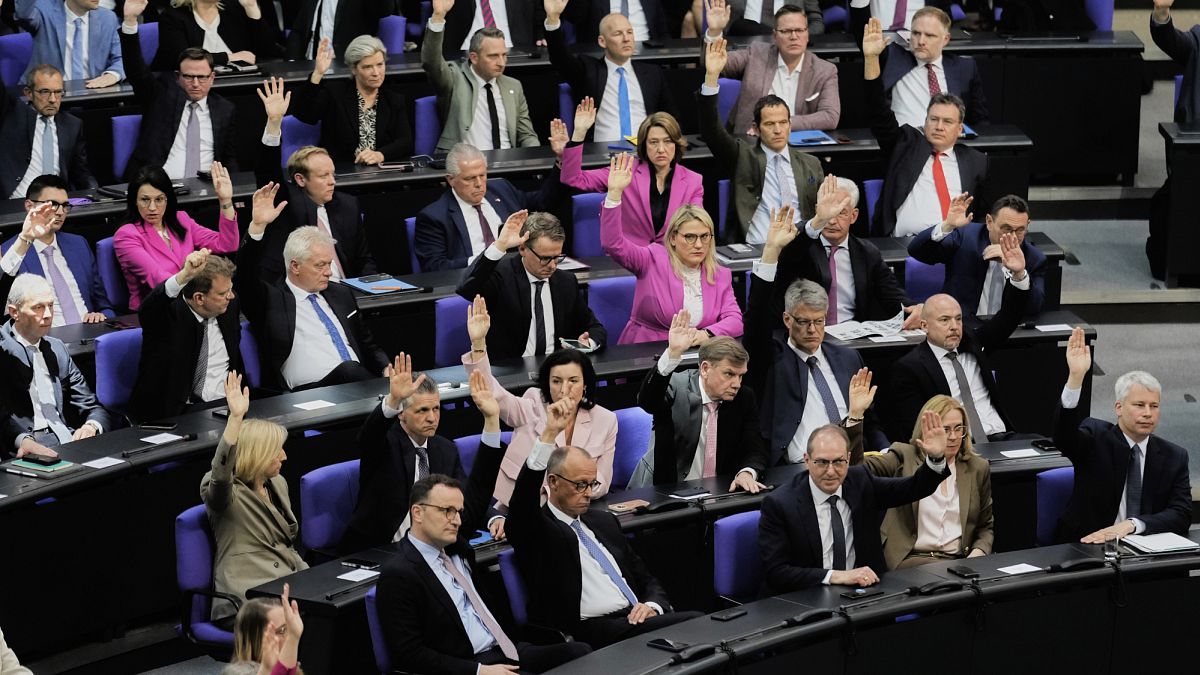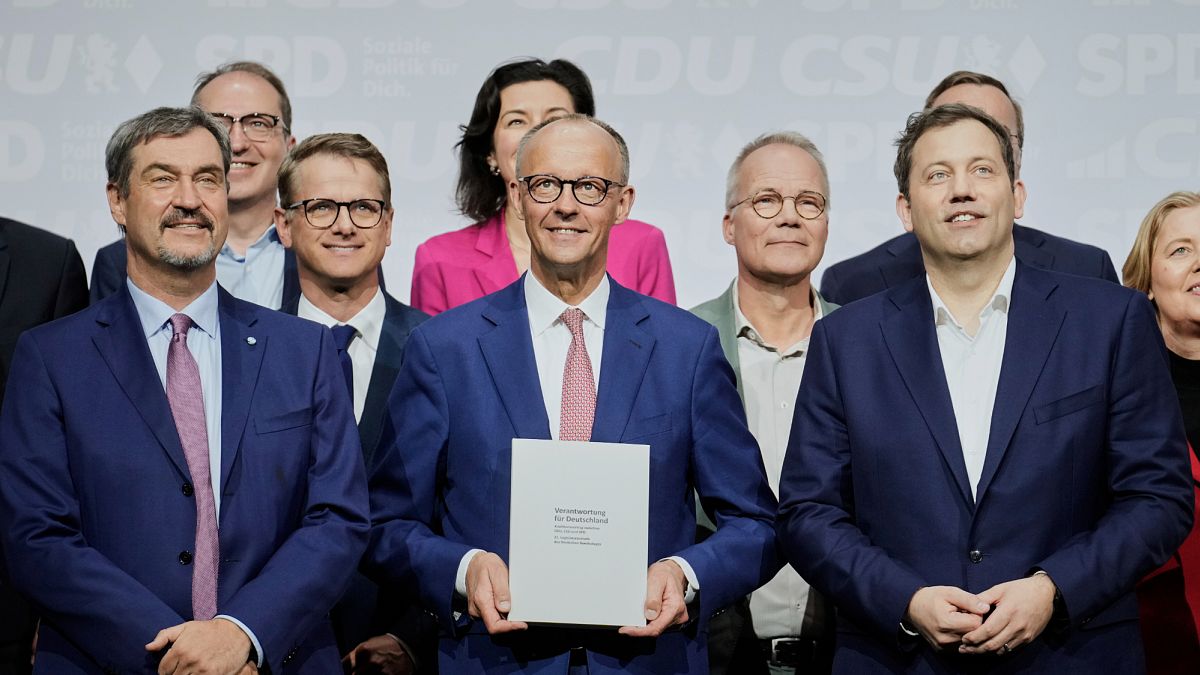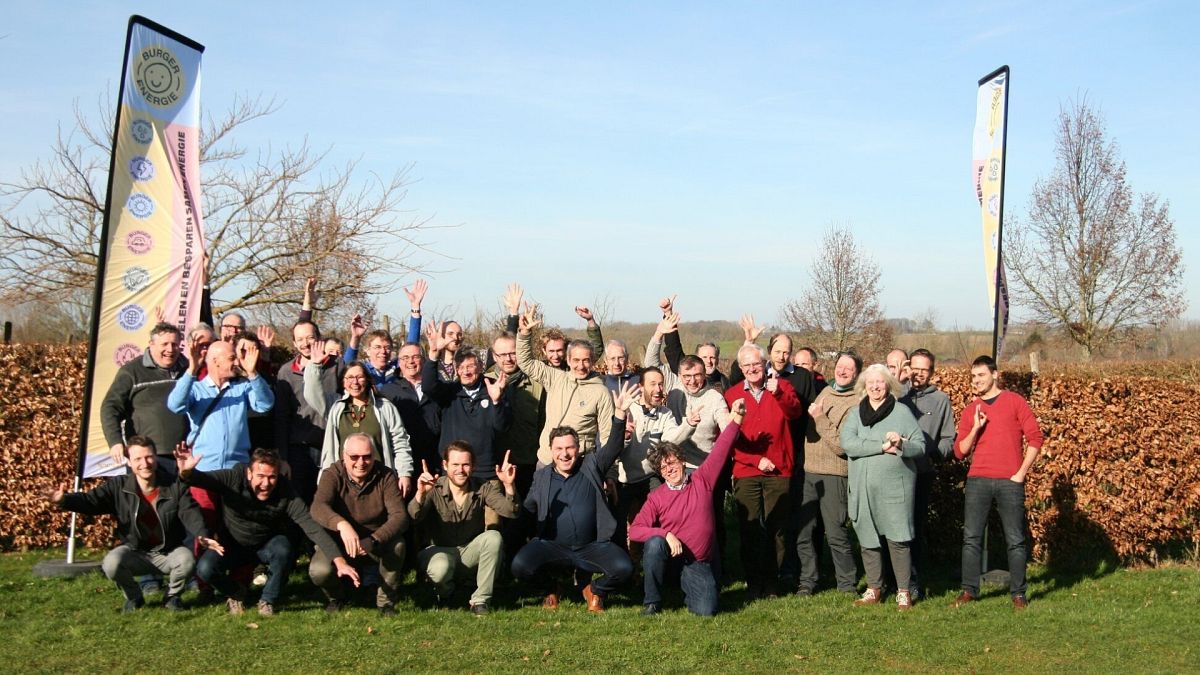Onshore, offshore or not at all: The mixed bag of wind power in Europe
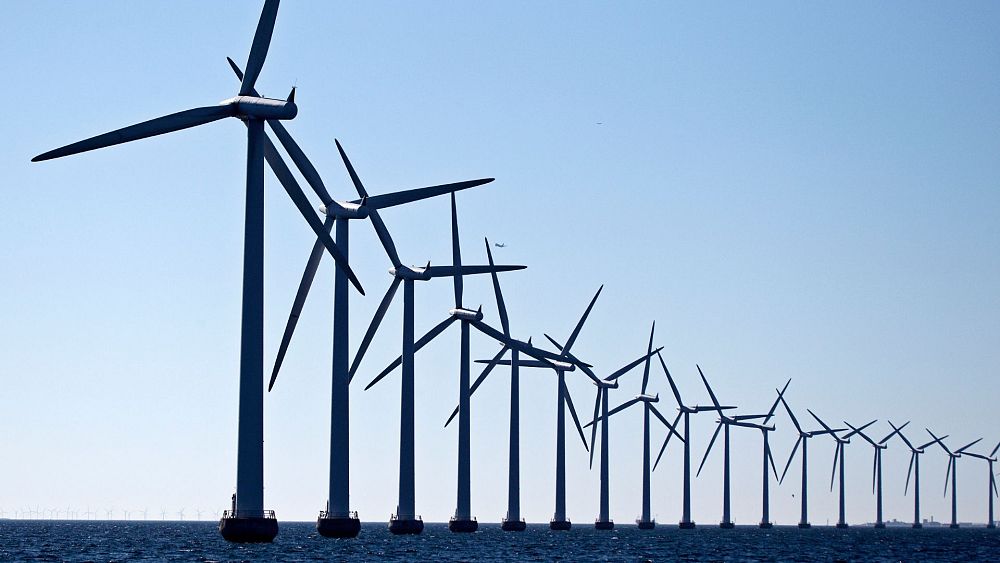
These are European countries leading the wind power revolution and what we can learn from them.
Since the 1980s, wind energy has become increasingly important in Europe’s power production. From the first wind farms being built in the late 20th century, wind power now provided 17 per cent of Europe’s total electricity consumption in 2022.
The idea is simple: wind turns the blades of a turbine and this motion is converted into electricity. With governments and energy corporations under pressure to transition from oil and gas to clean energy, what role can wind play?
“Wind power is perhaps the most important technology for Europe’s decarbonisation, in many countries the cheapest and potentially largest domestic source of electricity that can replace volatile imported fossil fuels,” Paweł Czyżak, says senior energy and climate data analyst at the think tank Ember..
Which European countries are leading the switch to wind power?
Denmark, Germany, and the UK have historically led the switch to wind power and are still powerhouses in the industry.
According to data from the industry group WindEurope, Denmark took the top spot last year, with the highest contribution of wind power to energy consumption (55 per cent). Ireland came in second (34 per cent), the UK third (28 per cent) and Germany fourth (26 per cent).
When it comes to upcoming installations, Germany is still leading, although others are catching up. Sweden and Finland are outperforming Germany on onshore wind and the UK is by far the strongest market for offshore wind.
One reason these countries do well is that they have stable laws and clear targets for wind energy.
“The main lesson I would draw from countries like Denmark, Germany and the UK, is that you have to have a clear and stable strategy and ambitious targets. Then you align all of the other policies and spatial planning and permitting and grid planning etc. towards that,” said Czyżak.
He points to other countries, like Latvia, which have a high potential for wind power but lack targets to make it a reality.
Italy also struggles as its permitting process gives authorities vetoing powers. This often leads to cancelled projects and an uncertain environment for developers, according to Christoph Zipf, spokesperson for WindEurope.
Alongside policy, a strong industrial presence can help boost wind development, says Po Wen Cheng, head of wind energy at the University of Stuttgart.
“Countries like Germany, Denmark, and Spain have a strong manufacturing industry, with many companies specialising in wind turbine production and other related technologies. The Netherlands and Belgium, on the other hand, have a strong offshore and marine operation industry, which has led to the development of new technologies for offshore wind energy,” he explains.
More money, more wind power
Innovation in floating wind technology – turbines that are not fixed to the seabed – has also opened up new, deeper waters, opening the door for more wind power in countries like Portugal, Spain and Greece.
Meanwhile, countries like Bulgaria, Romania, the Czech Republic and Latvia need to be put “on the development map” and get more recognition, according to Czyżak.
“From what the industry is saying in those countries, it’s quite hard to get the attention, to get the investors coming in, to get the financing. With so many permitting bottlenecks in some of the bigger players, like Germany, it would definitely be good to use the potential where it’s not utilised yet and where there’s not so much grid congestion,” he adds.
It’s vital all EU countries muck in if the European Union wants to meet its EU’s 2030 renewable energy target.
“The bloc needs to be adding at least 50 per cent more capacity annually than predicted – 31 GW as opposed to 19-20 GW. This is only possible if countries that have not utilised their full potential yet, such as Estonia, Latvia, Lithuania, Romania and Bulgaria, step up their game and deploy large amounts of offshore wind,” says Czyżak.
EU set to miss 2030 goals
According to WindEurope, the EU is set to miss its 2030 target. For the EU to hit it, countries need to deploy over 30 GW every year up until 2030. In 2022, 16 GW came online and countries are expected to continue to fall short.
To truly unlock wind power’s potential, countries across the EU, even those doing well, need to tackle long permitting procedures. This will only become more important as turbines come to the end of their lives and need to be swapped for new ones – known as repowering.
European countries also need to invest in their power grids to prevent renewables from being turned away due to a lack of capacity.
Just this past Easter, the Czech energy company had to unplug hundreds of solar panels after they generated more power than the grid could handle.
“Grid investment has often lagged behind the production of renewable energy. This has created a backlog of projects waiting to connect to the grid, which has resulted in delays and lost revenue for renewable energy operators,” says Cheng.
Both of these factors, plus a lack of public acceptance, means many countries have turned their focus offshore, but onshore power will also be needed if Europe wants to reduce its reliance on fossil fuels.
Europe has come a long way since the 1980s, growing its wind industry into a significant contributor to its power grid, but it has a long way to go to meet its 2030 targets.
Source: Euro News



